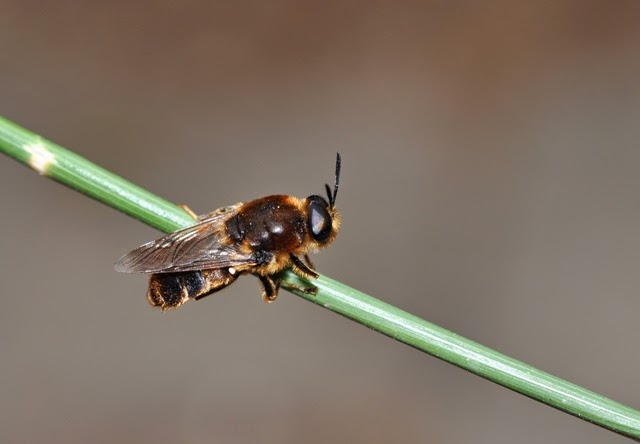The long-horned
general is a European species of soldier fly. Soldier flies make up a large
family of about 1,500 species. About 140 of these are found in Europe and about four in the Maltese islands.
In Maltese the
long-horned general is called dubbiena
moqrana although this name is probably not a folk name but was coined by entomologists
when it the species was included in a book about Maltese nature. Folk names are
usually given to large or conspicuous species or those species with which
humans interact usually because they are either very common or because they are
pests and the long-horned general does not fall into any of these categories.
Soldier flies are
usually found in a variety of habitats including wetlands, damp places in soil
and decaying organic matter. The long-horned general is found in Europe, western
Asia, and North Africa .
It lives close to
fresh water and can be seen resting on rocks and vegetation at the water’s
edge. The picture accompanying this article was taken at the Simar Nature
Reserve where one finds an ideal habitat for this and many other species of
interesting insects.
Like many other
species of soldier fly, the long-horned general is rather inactive and the
specimen I photographed allowed me to take several close-up pictures before
flying away.
Soldier flies vary
in size, shape and colour. Many have metallic colours especially green. Some mimic
bees or wasps and often have black and yellow blotches.
Soldier flies are
an important link in the cycle of life. As adults they feed on pollen or do not
feed at all but their larvae feed on organic material and thus help its
decomposition and the recycling of organic material.
This article was published in The Times of Malta on 17 July 2014.


No comments:
Post a Comment